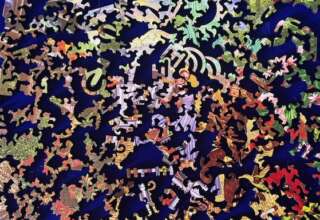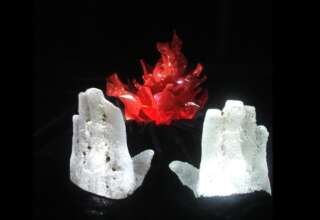
In recent years, the concept of collective intelligence has gained considerable traction. There are even several research projects demonstrating that performance by a well-functioning team on a specific problem-solving task is often superior to the average performance of team members or even the most “intelligent” member of the team. We also know that for collective intelligence to be successfully engaged the team members must be able to communicate effectively with one another: information silos clearly hinder collective intelligence. The team members must also forgo their competitive spirit (at least with one another) and a culture of individualism and individual gain must be discouraged. On the positive side is the critical role played by a culture of collaboration. Members of the team must be willing (even eager) to work with one another, finding gratification in the relationships established with other team members and enjoying the collegiality that comes with “winning” as a team rather than as an individual.
While collaboration is to be encouraged and rewarded when seeking to increase collective intelligence, a dark side to collaboration must be acknowledged. In some settings and under certain conditions, collaboration is interwoven with collusion and this interweaving can be quite destructive regarding not only collective intelligence, but also morale of the team and the mental health of those working on the team. This essay concerns the distinctions between collaboration and collusion, as well as ways in which the interweaving of collaboration and collusion occur. I focus first on the fundamental nature of collaboration and competition, using the work of Riane Eisler, and then turn to an analysis of the roots of both collaboration and collusion, relying heavily on the work of Manfred Kets de Vries, an author, educator and consultant who applies psychodynamic (neo-psychoanalytic) concepts derived from the therapy office to the functioning of organizations and those who lead organizations. I conclude with a brief examination of narcissism in the organization– a particularly powerful and often negative way in which collaboration and collusion are interwoven.









